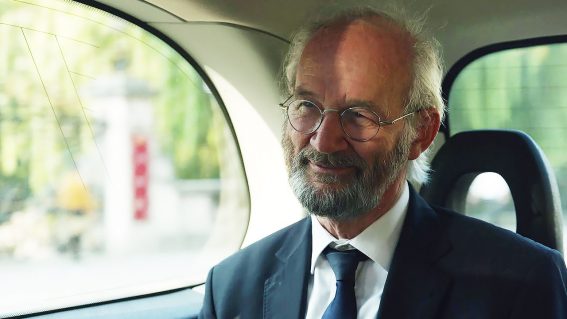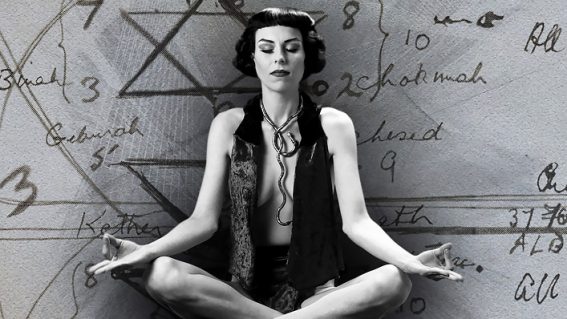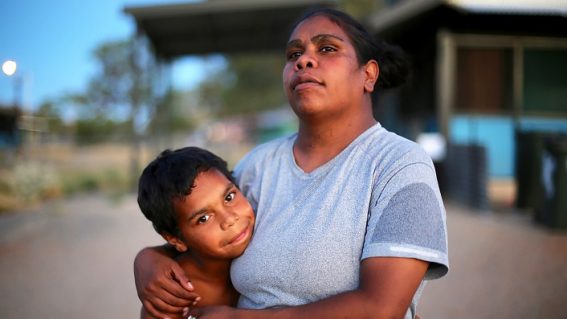My Name is Gulpilil is an empathetic portrait of one of Australia’s finest actors
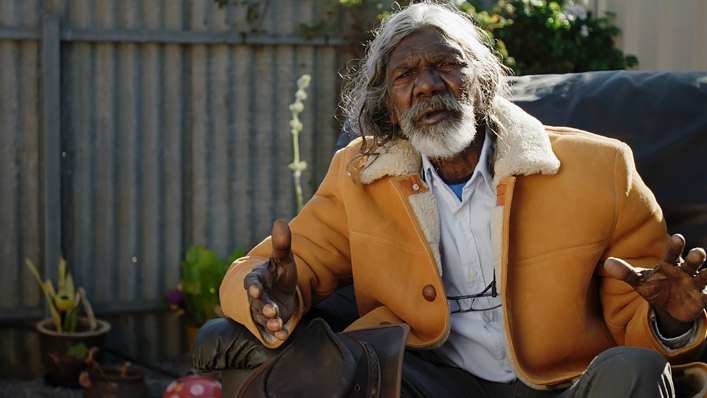
David Gulpilil is the subject of a new, sensitively made documentary that reflects on and illuminates his life and work. Here’s critic Craig Mathieson’s review.
In a promotional interview recorded around the release of 1976’s Storm Boy, a film in which he gives an effortlessly charismatic performance, the Aboriginal actor David Gulpilil succinctly defines the lives he straddles. “I live in two worlds,” he says calmly in the clip, which now resurfaces in the documentary My Name is Gulpilil. “The western world and tribal.” That duality is emblematic for Gulpilil, one of this country’s greatest screen actors, and it endures in a quietly wrenching documentary that successfully offers a summation of his life and work.
See also:
* Movies now playing in cinemas
* All new streaming movies & series
As the years and the roles intertwine, Gulpilil is in turn physically magnificent and ailing, boastful and regretful, and finally alive but on the edge of death with lung cancer and further complications. Every side of David Gulpilil Ridjimiraril Dailathngu—a Yolngu man, actor, singer, dance and painter—has a telling reflection and in Molly Reynolds’ film you get at least a glimpse of each one.
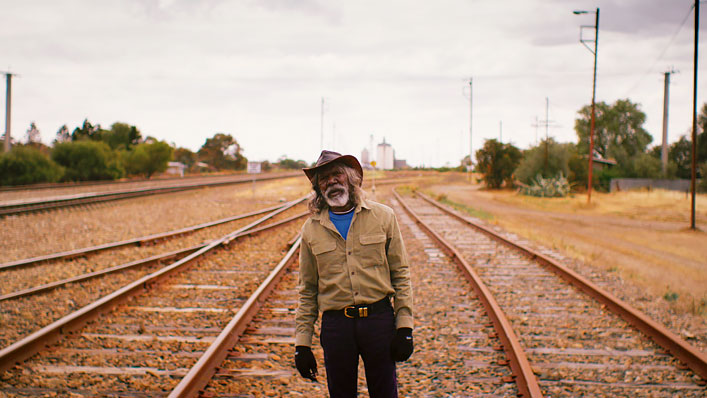
“This is my story of my story,” notes Gulpilil in one of the many interviews shot by Reynolds over recent years (their collaboration goes back to her 2015 documentary Another Country). The idea that someone can contain multiple narratives, and multiple tellings of them, is integral here. There are no talking heads to be seen or heard—the ailing Gulpilil speaks and is observed, but at the same time his lifetime of roles are woven through his testimony.
At one point Reynolds and the adept editor, Tania M. Nehme, cut together the eye line of a contemporary shot of Gulpilil with one of him in Storm Boy, so that it seems his screen past is acknowledging the present day. Then and now are in conversation, which is how every actor’s life should be judged. If you create so many versions of yourself, as the naturalistic Gulpilil did on screen, then eventually they will add up to something more. It makes for a patchwork and unconventional feel, but for the most part it works.
The film has a rough chronology, revisiting Gulpilil’s Arnhem Land upbringing and his casting, as a 16-year-old, in Nicolas Roeg’s Walkabout, the English filmmaker’s evocative 1971 outback of isolation and salvation. The film took Gulpilil to the Cannes Film Festival and launched a career that would include Peter Weir’s The Last Wave, Rolf de Heer’s The Tracker and even Baz Luhrmann’s Australia.
There are a few celebrity anecdotes—Gulpilil recalls that Bob Marley introduced him to smoking marijuana—but there’s little glow to them. The way Gulpilil jokes in a recording of an earlier one man stage play about Dennis Hopper’s boisterous behaviour, and how he joined in, on the set of 1976’s Mad Dog Morgan, is replaced by a bittersweet shrug. The actor’s mortality looms, and it’s his carer Mary Hood who is his companion now. “That’s for pain,” she says, taking him through his daily regimen of pills at his present home in South Australia.
Gulpilil is tall and gaunt; getting dressed in the morning leaves him short of breath. The physical command of his youth, dominant in carefully cut clips of his work, is gone. Gulpilil and the film does not overly dwell on several criminal offences from the 2000s, including a 2011 conviction for the aggravated assault of his wife, but it’s noted as part of a long and uneven path to his final days. He reports that he is not scared, just sorry. The movie leaves you to divine exactly what for, which is fitting but could be construed as a failing.
What resonates most in this empathetic portrait is Gulpilil’s innate presence, whether playing a part or being himself. The camera doesn’t distinguish. A sequence that cuts from his clutching a puffer on a suburban street to standing alone on a grassy hillside has an arresting power. Reynolds patiently blazes a path if you care to follow it, and Gulpilil intuitively understands how this suits him. “The camera sees me. Like this,” he observes. “You’re looking at me now.” It’s difficult not to.




